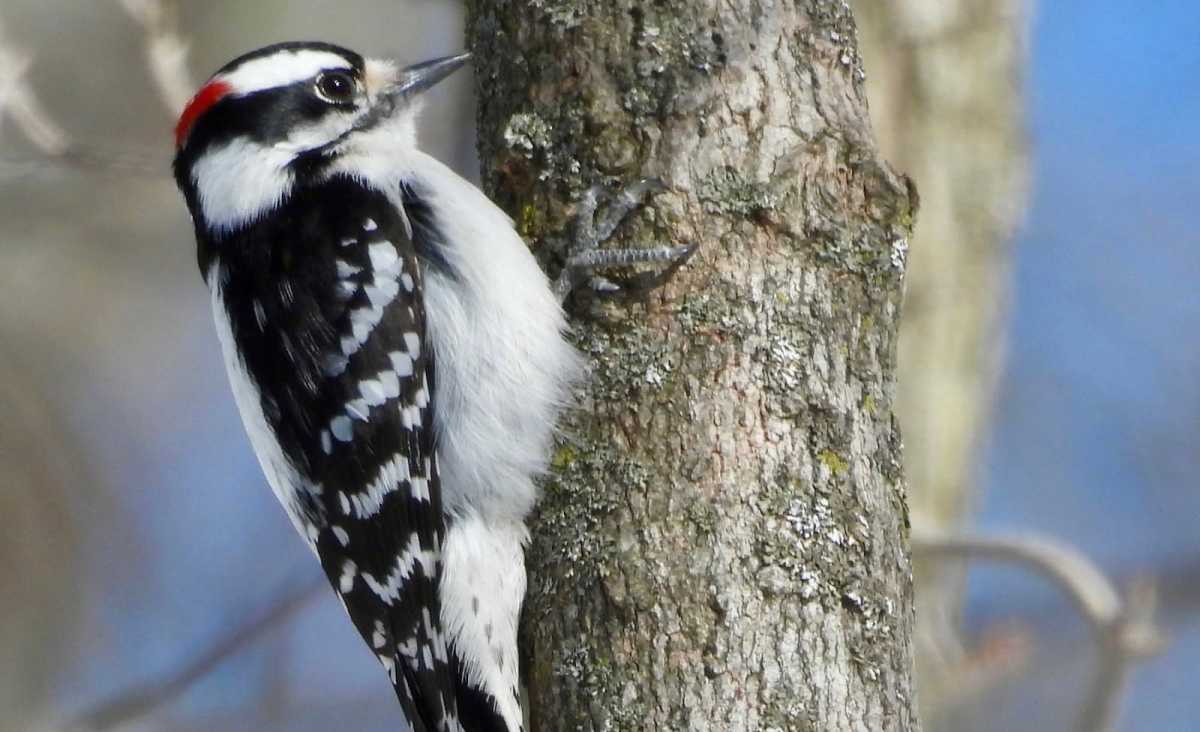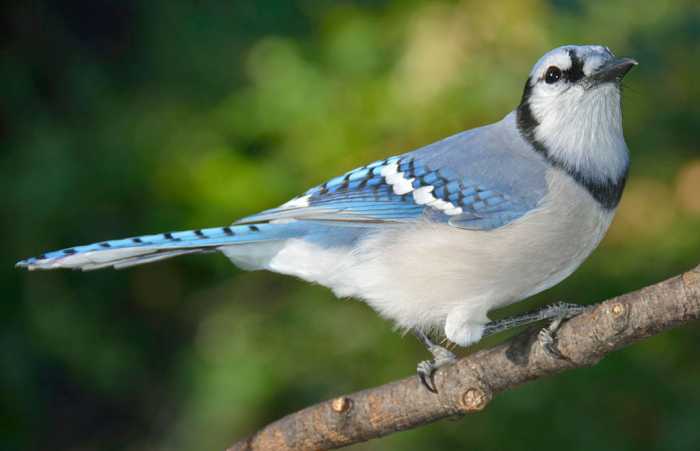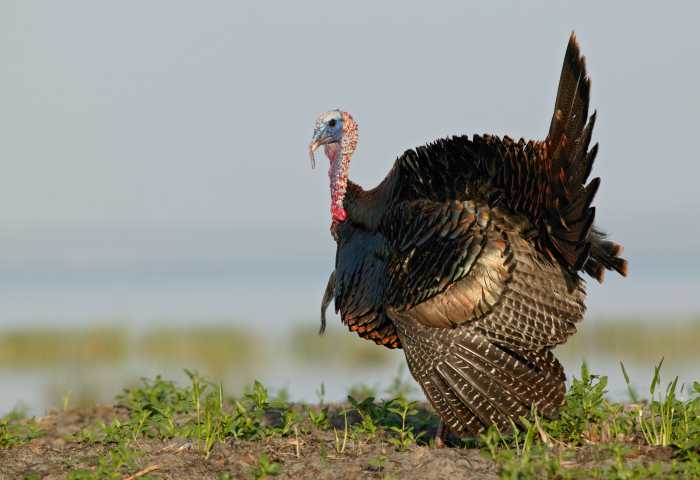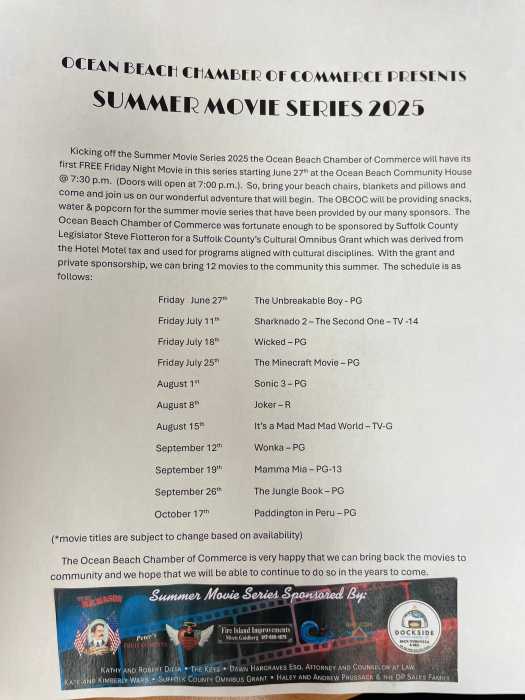If you remember anything from high school biology, it might be the phrase: “Form begets function,” which refers to the correlation between the form of an animal’s body and its function. Nowhere is this rule better exhibited than with our native woodpeckers; from head to tail, they are the epitome of the truism.
For starters, woodpeckers are equipped with especially sharp claws that enable them to maintain a firm grip on bark. And they have a unique toe arrangement: instead of three toes in front and one in back like most songbirds, woodpeckers have two toes in the front and two in the back to better grip the tree. Their tails are also unique: the feathers are much stiffer than most bird feathers, which allows them to serve as a second anchor point against the side of a tree.
Their sturdy feet and tails enable woodpeckers to vigorously probe crevices in the bark and hammer away at the wood in search of grubs hidden beneath. And hammer, they certainly do! It is said that a Pileated Woodpecker strikes 12,000 times a day! Even more remarkable, the deceleration force of each strike is akin to a human running their head into a wall at 16 mph!
To protect the brain, the skull has two thick, spongy sections, one in front of the brain and the other behind it, which help to absorb the shock. Woodpeckers can also reduce the impact of the blows by slightly changing the angle of each strike, thereby preventing the same impact to the same part of the brain with each blow.
Woodpeckers’ eyes have also evolved to minimize damage. Their nictitating membrane, sometimes called a bird’s “third eyelid,” closes an instant before impact, keeping the eyes securely in their socket and preventing any wood chips from damaging the eyes. Similarly, a tuft of short feathers situated at the base of the bill helps prevent chips from flying into their eyes.
Woodpeckers’ tongues, which are quite diverse, might be their most fascinating adaptations. Some are brush-like to lap tree sap under the bark; others are stiff and barbed to push through rotted wood. Still others possess backward-pointing spines to assist in extracting grubs and other prey.
Regardless of their form, all woodpecker tongues are remarkably extendable. This is because they’re not anchored in their mouths but deep in their skulls. Northern Flickers, for example, can stick their tongues out a full two inches beyond the tip of the bill, a good adaptation for nabbing ants from a distance!
Virtually all woodpeckers are cavity nesters, most taking the time to excavate their nesting and roosting cavities. In this way, woodpeckers play a crucial role in providing nesting opportunities for other cavity-nesting birds, such as the Screech Owl, Eastern Bluebird, and Tufted Titmouse. More than 40 bird species use woodpecker cavities in North America, providing crucial shelter to flying squirrels and other species.
Of the 22 species found in North America, five woodpeckers are regularly seen on Long Island (two others, the Red-headed Woodpecker and Pileated Woodpecker, are rare visitors). The Downy Woodpecker, our smallest species, is quite common, with most forests and suburban woodlots hosting a pair of black-and-white “Downies,” which are recognized by their distinctive downward-slurring “whinny” call.
The Downie’s very similar-looking cousin – the Hairy Woodpecker – is also a regular on Long Island, although it prefers deeper, more intact forests. While “Hairies” are slightly larger and have proportionally larger bills, these two species are easily confused. One clue to distinguish them is found in the white outer tail feathers of the two species. The Downy has black spots on its feathers while the Hairy lacks them – which can be memorized using a mnemonic device “The Downy has dots while the Hairy hasn’t.”
The Red-bellied Woodpecker is one woodpecker with a positive trend in the state. Once a more southerly species, it is rapidly increasing in distribution and abundance. In a 1923 study, the Red-bellied (which has as much red on its head as its belly!) was reported as being a very rare bird in our region. However, by the 1960s, the species was well established on Long Island and has continued to expand its range northward.
The Northern Flicker, noted for its unique spotted brown plumage, is the most widespread woodpecker in New York. As mentioned previously, since Flickers love to eat ants, they spend more time on the ground than any other woodpecker species. This preference for ants, which are not available during the winter, is the primary reason they are among the most migratory of all woodpeckers.
And finally, the Yellow-bellied Sapsucker is a bird that, as its name suggests, has a diet different from that of its brethren. They drill small holes in typically parallel rows in thin-barked trees and return to lap up the sap and any small insects that may have been attracted to it.
Whether due to their unique behavior, impressive anatomical adaptations, or their role as ecological architects, woodpeckers are fascinating and vital members of Long Island’s woodlands. The good news is that most are year-round residents and active in every season! Therefore, any time is a great opportunity to get out and appreciate the wonderful woodpeckers in your area!
Nature Matters is a regular column of the Seatuck Environmental Association, a nonprofit dedicated to conserving Long Island wildlife and the environment. Visit seatuk.org for more information about the organization’s conservation initiatives and educational programming.





























